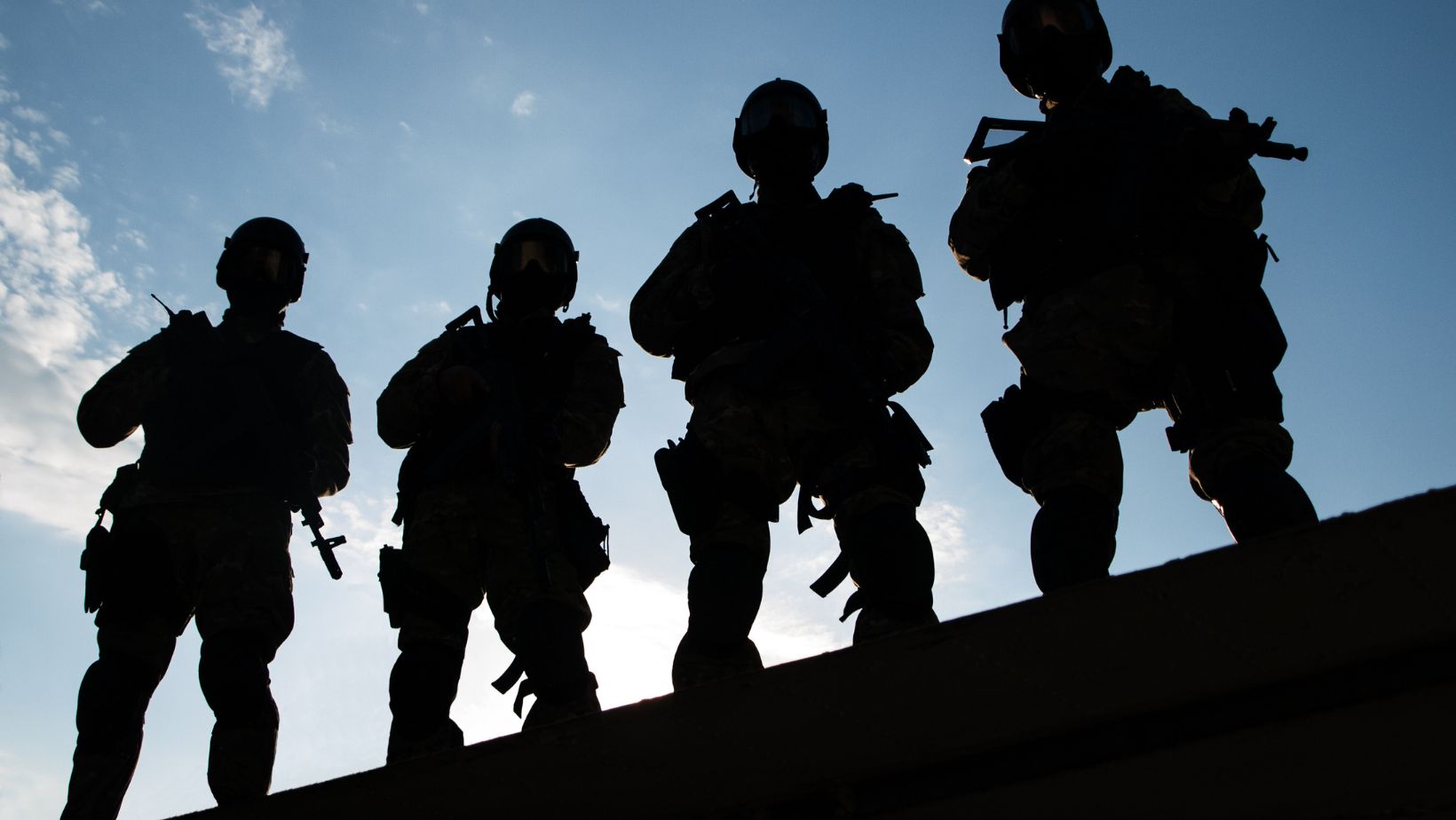What is The Most Increased Force Protection Level For a Base/Installation?
The decision to elevate the force protection level stems from a comprehensive assessment of potential risks and vulnerabilities. It is crucial to understand that this measure is not taken lightly. Rather, it is a proactive approach to ensure the safety and security of our military personnel, their families, and the assets within the base. By raising the force protection level, military installations are better equipped to detect, deter, and respond to any potential threats that may arise.
What is Force Protection Level?
Force Protection Level (FPL) refers to the set of security measures implemented at military bases and installations to safeguard personnel, families, and assets from potential threats. It serves as a standardized system to assess and respond to varying levels of security risks. The force protection levels range from Normal, Alpha, Bravo, Charlie, to Delta, with Delta being the highest level of security readiness.
The increased force protection level signifies a heightened state of alertness and preparedness in response to specific intelligence or perceived threats. It is a proactive approach to ensure the safety and security of military personnel and their families, as well as the protection of critical infrastructure and sensitive information.
At the most increased force protection level, military bases and installations implement additional security measures, including:
- Increased security patrols and guard presence
- Enhanced access control procedures
- Heightened surveillance and monitoring
- Restriction of non-essential personnel and vehicles
- Enhanced training and readiness exercises
- Collaboration with local law enforcement and intelligence agencies

Importance of Increased Force Protection Level
Enhances Security Measures
One of the key reasons for implementing an increased force protection level for a military base or installation is to enhance security measures. By elevating the force protection level, military personnel and their families can feel more secure and protected in their surroundings. This heightened state of alertness allows for a comprehensive evaluation of potential threats and the implementation of robust security protocols.
At the most increased force protection level, military bases and installations adopt additional security measures to bolster their defenses. These measures can include increased security patrols, enhanced access control procedures, heightened surveillance and monitoring, and restriction of non-essential personnel and vehicles. These steps ensure that only authorized individuals have access to the base and help to prevent any unauthorized entry or potential security breaches.
Mitigates Risks And Threats
Another crucial aspect of increased force protection levels is the mitigation of risks and threats. By proactively elevating the force protection level, military bases and installations can effectively address and counter potential risks and threats in a timely manner. This level of preparedness helps to safeguard the lives of military personnel, their families, and base assets.
The most increased force protection level is typically implemented in response to specific intelligence or perceived threats. It serves as a proactive approach to stay ahead of potential dangers and allows for the implementation of appropriate countermeasures. By staying vigilant and responsive to evolving threats, military bases can effectively mitigate risks and ensure the safety and integrity of their operations.
Factors Considered in Increasing Force Protection Level
Current Threat Level
When determining whether to increase the force protection level for a military base or installation, the current threat level is a crucial factor to consider. This level is determined by assessing the overall security landscape, both domestically and internationally. It takes into account various factors such as geopolitical tensions, terrorist activities, and potential threats to national security.
Intelligence Reports
Intelligence reports play a vital role in the decision to elevate the force protection level. These reports provide valuable information about potential threats, including specific details about the nature of the threat, the likelihood of an attack, and the potential impact on the military base or installation. Analyzing these reports helps security personnel make informed decisions about increasing the force protection level to mitigate potential risks.
Vulnerability Assessments
Regular vulnerability assessments are conducted to identify and address any weaknesses or vulnerabilities in the security infrastructure of a military base or installation. These assessments take into account various factors such as physical security measures, access control procedures, and the effectiveness of surveillance systems. By identifying and addressing vulnerabilities, security personnel can enhance the overall security posture of the base and reduce the risk of potential threats.
Conclusion
Increasing the force protection level for a base installation is a crucial step in ensuring the safety and security of military personnel and assets. By carefully considering factors such as the current threat level, intelligence reports, vulnerability assessments, and ongoing security evaluations, military bases can implement effective security measures. Increasing the force protection level for a base installation is a proactive approach that enables military bases to stay ahead of potential threats. By considering the factors discussed in this article and implementing appropriate security measures, military bases can create a secure environment that supports the mission and ensures the safety and well-being of all personnel and assets.

